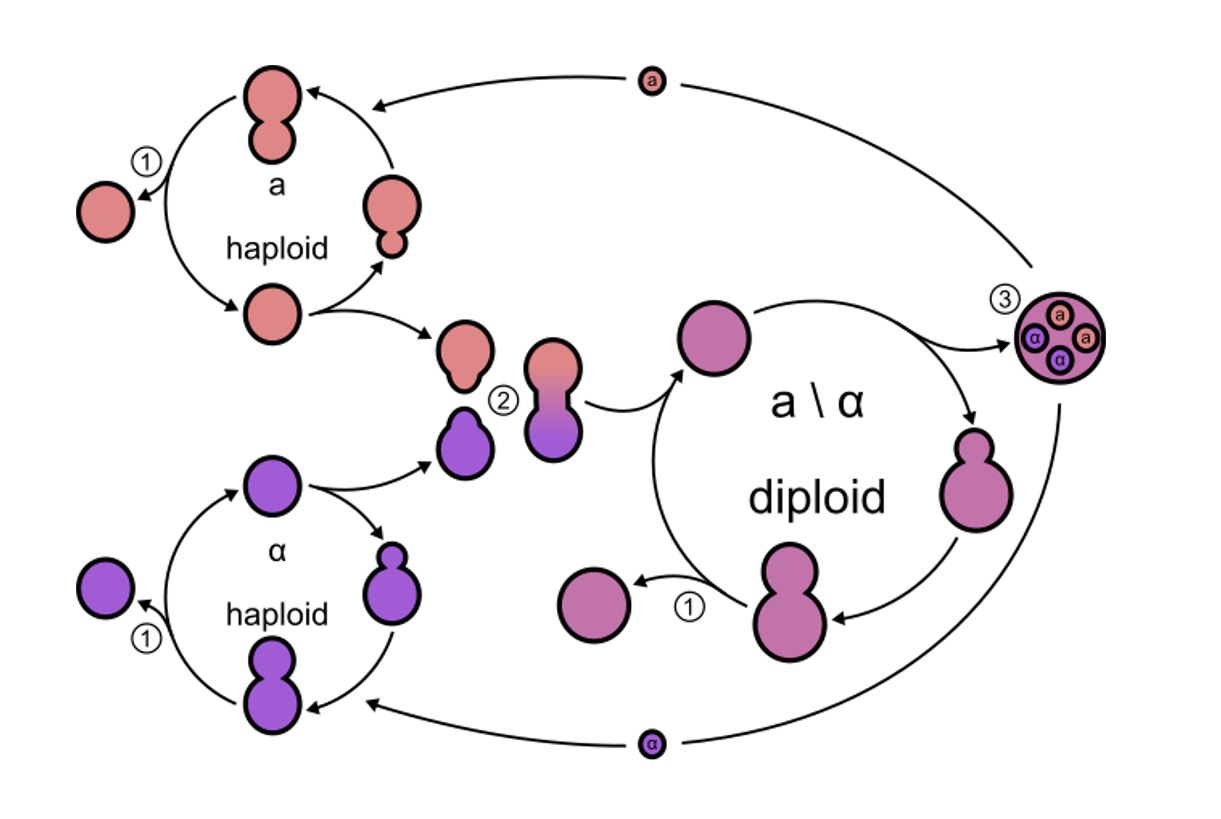Playlist
Show Playlist
Hide Playlist
Fungal Dimorphism
-
Slides 06 Fungi MicrobiologyAdvanced.pdf
-
Download Lecture Overview
00:01 Another important property of fungi is that they can be dimorphic. This largely applies to the filamentous fungi. They can display one of two growth forms. They can grow as a yeast, a single cell organism, shown on the right of this slide which divides by budding, or they can grow as a mold, depending on the environment. So that's dimorphism, they can grow with one of two forms. And so here we're showing on the left of the slide, growth as a mycelium, on the right of the slide, growth as a yeast form, and the switch between the two forms, we typically observe when a free living organism infects a living host, so free living molds for example, the mycelium on the left, they exist in the woods, we can inhale mold spores, within as they begin to grow as the yeast form. So here is an emphasis of that, the yeast is typically the systemic form, that means the form that grows within us, the mold is found in the environment and we inhale the mold, typically as spores, it converts to a yeast form within us. And in this illustration we're showing the mold on a fruit, growing on a tree, but certainly the mold can be anywhere, it could be on the wood of the trunk, it could be on the forest floor, it could be on rotting wood. Molds grow everywhere in the environment. 01:26 There are a few unusual examples where the form that grows systemically within us is actually a mycelial form, this is an example of a pathogen, we'll talk about a fungal pathogen Candida albicans, which exist as a yeast form and in some individuals, transform to a mycelial form in tissues and as you might imagine the mycelial forms are invasive and these can be problematic as we'll talk. Now there are a number of categories of the human infections
About the Lecture
The lecture Fungal Dimorphism by Vincent Racaniello, PhD is from the course Fungi.
Included Quiz Questions
Dimorphism refers to which fungal ability?
- To grow as both a yeast and a mold
- To grow as yeast only
- To grow as mold only
- To grow as yeast without forming spores
- To grow as mold without forming spores
Which infectious fungus exists as both yeast and mold in the human body?
- Candida albicans
- Microsporum
- Tenia saginata
- Trichophyton
- Epidermophyton
Customer reviews
5,0 of 5 stars
| 5 Stars |
|
5 |
| 4 Stars |
|
0 |
| 3 Stars |
|
0 |
| 2 Stars |
|
0 |
| 1 Star |
|
0 |




